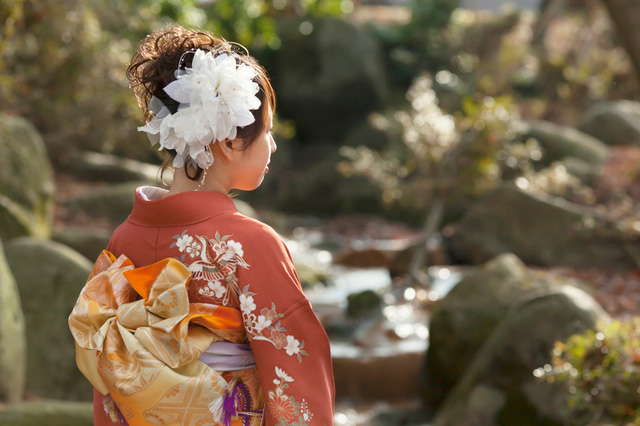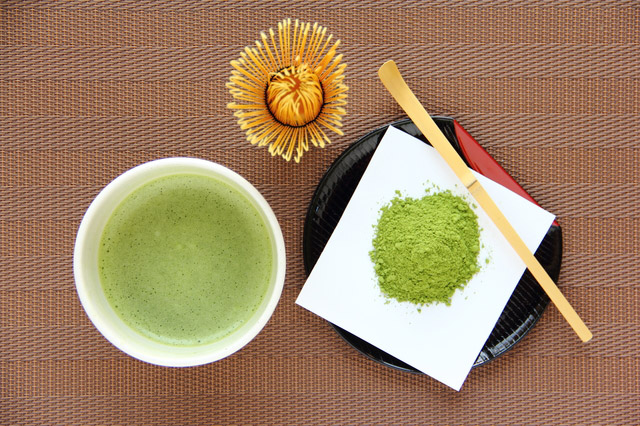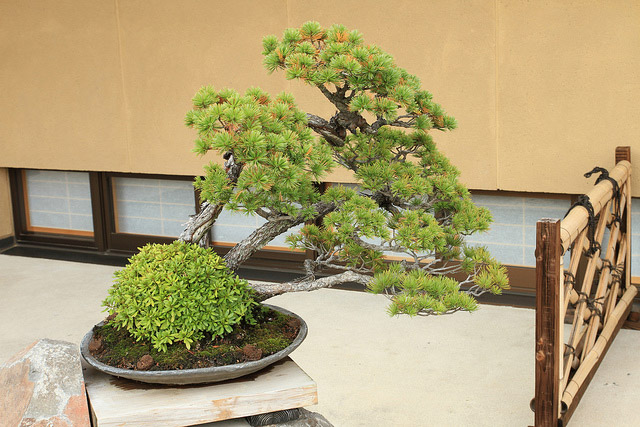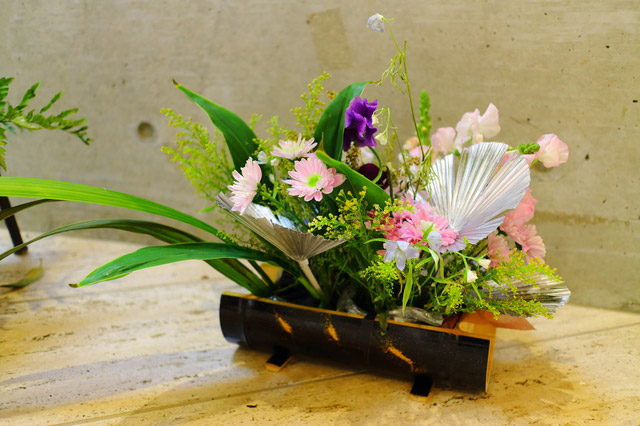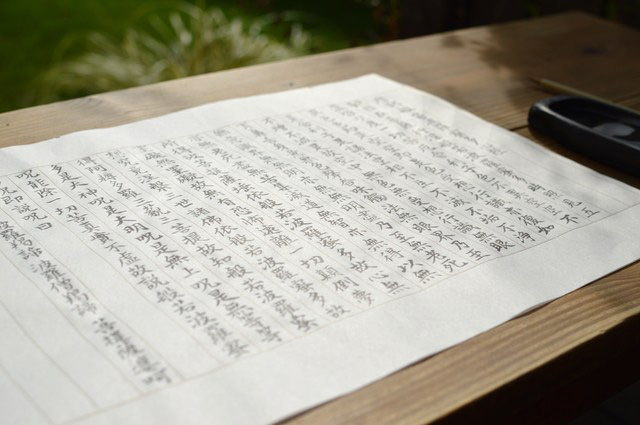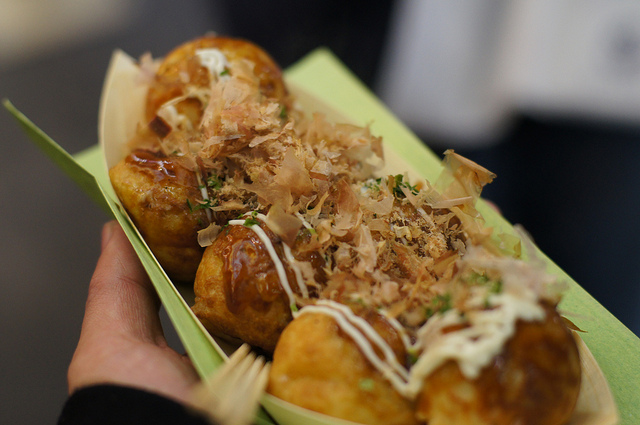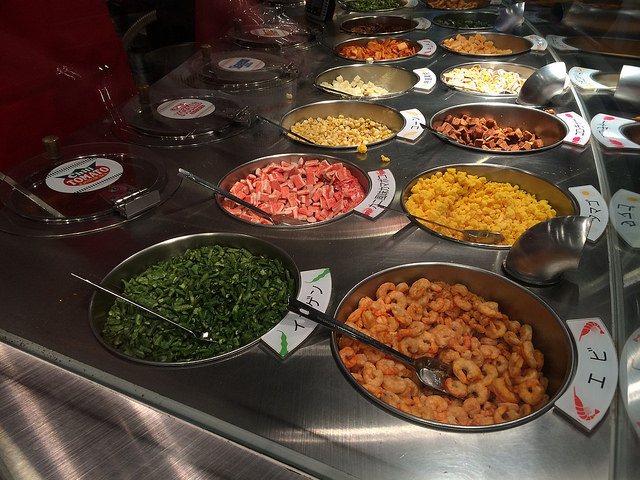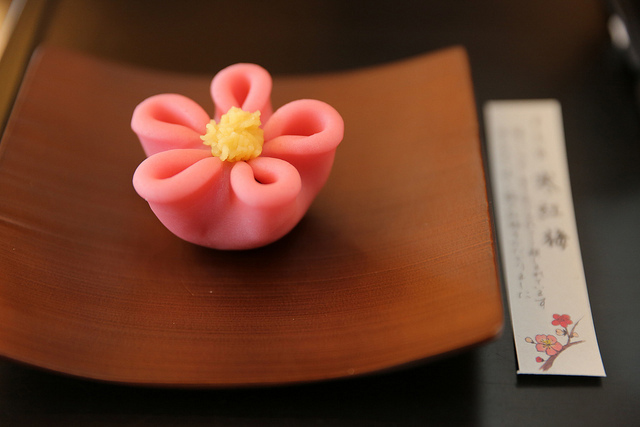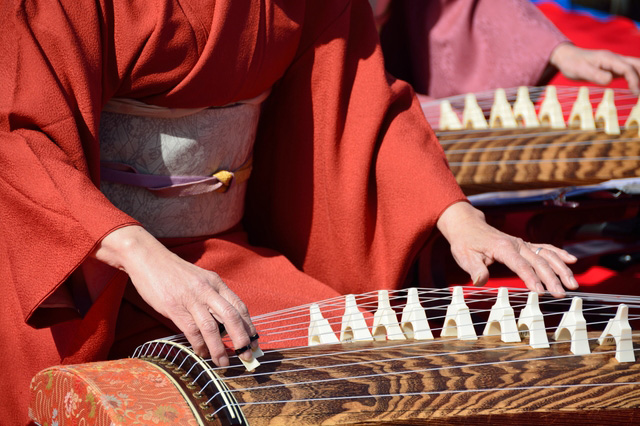
30 Must-Try Japanese Activities When Visiting Japan
There are plenty of things to do and see when visiting Japan, but if you want to really experience Japanese culture first-hand, check out this list of activities you should certainly add to your itinerary! From playing an instrument or making your own souvenir through traditional techniques, here are 30 recommended things to experience in Japan.
This post may contain affiliate links. If you buy through them, we may earn a commission at no additional cost to you.
There are many places where you can experience making Japanese food or crafts, learning the arts like traditional dance or playing instruments, and more.
[Note] The stores and experiences mentioned within this article are restricted to the big cities such as Tokyo, Osaka and Kyoto. For stores that are located in other regions, there are plans to mention them in other such articles.
1.Wearing kimono
The most famous piece of traditional Japanese clothing is the kimono. It differs from Western clothing in that it uses himo belts and obi to keep it in place. Unfortunately, most Japanese people nowadays don't know how to dress in kimono without help. However, there are many kimono specialty shops that offer kimono wearing to their customers, and there are also places where you can simply rent a kimono and have them put it on you. Wouldn't you like to try wearing one of these beautiful kimono?
[Example of store]
Wak Japan
Address: 761 Tenshucho, Takakura-dori, Nijo-agaru, Nakagyo-ku, Kyoto, Japan 604-0812
Phone number: 075-212-9993
2. Tea ceremony
Currently, matcha flavor is popular all around the world, but originally that matcha flavor is actually the flavor of tea. "Sadou" is the traditional Japanese tea ceremony. To put it simply, it's hot water that is mixed with the green tea powder inside a tea bowl, then drunk. However, in sadou, it isn't just the act of drinking the tea, but the ceremony consists of the time making the tea and enjoying the relaxing, calm atmosphere. In the experiences linked below, you're guided through each step by a teacher, so you can easily perform the tea ceremony without worrying.
[Example of tour and store]
Asakusa Jidai-ya
Address: 2 Chome-3-5 Kaminarimon, Taito-ku, Tokyo
Phone number: 03-3843-0890
Wak Japan
Address: 761 Tenshucho, Takakura-dori, Nijo-agaru, Nakagyo-ku, Kyoto, Japan 604-0812
Phone number: 075-212-9993
3. Making food samples
In front of Japanese restaurants, there are often show windows where food samples are placed to show off their menus. They are made to look exactly like the food served, so it seems like tourists who aren't expecting it are surprised by the high-quality. While you can buy pre-made food samples as souvenirs, you can also make your own for a unique, original memory.
[Example of tour and store]
Ganso Shokuhin Sample-ya
Address: 3 Chome-7-6 Nishiasakusa, Taito-ku, Tokyo
Phone number: 0120-17-1839
Morino Sample
Address: 6 Chome-1-19 Kamikita, Hirano-ku, Osaka
Phone number: 06-6792-7543
Our Top Tips
JR Pass for Whole Japan
Explore Japan in the most convenient and economical way with a Japan Rail Pass! It is valid for the majority of railways and local buses operated by JR.
4. Calligraphy
Shodo is Japanese calligraphy where you write hiragana or kanji using ink and brushes. In Japanese elementary schools, all students take calligraphy classes. It's also a way to enjoy writing as art, since you practice writing beautifully following a previously-made example.
[Example of tour and store]
Asakusa Jidai-ya
Address: 2 Chome-3-5 Kaminarimon, Taito-ku, Tokyo
Phone number: 03-3843-0890
Wak Japan
Address: 761 Tenshucho, Takakura-dori, Nijo-agaru, Nakagyo-ku, Kyoto, Japan 604-0812
Phone number: 075-212-9993
5. Making sushi
Sushi restaurants have popped up around the world, so it's become a cuisine that people all around the world have grown to love. People who come to Japan simply to eat sushi have increased in recent years. If you come to Japan, what do you think about learning how to make your own sushi? There are places to experience making your own sushi in both Hokkaido and Tokyo.
[Example of tour and store]
Goukai Izakaya Funamoriya Bettei - Aburi Chaya
Address: Liberty Tower Building B1, 2 Chome Minami 3 Jounishi, Chuo-ku, Sapporo-shi, Hokkaido
Phone number: 011-252-2114
Sushi-Making Classroom
Address: Yu Building 3F, 4 Chome-4-10 Senju, Adachi-ku, Tokyo
Phone number: 080-1027-8893
6. Bonsai
Bonsai is a traditional Japanese art where a plant or tree is grown inside a pot and shaped to create a living artwork. Right now bonsai has grown in popularity and people around the world are learning the art. At Shunkaen in Tokyo, you can take a class with Mr. Kobayashi, one of the greatest influences in the worldwide spread of bonsai.
7. Flower arranging
Kadou (also known as ikebana) is the traditional art of flower arranging. While there is flower arranging all round the world, the Japanese art has different schools and representative styles. It's not just about the beauty of the flowers, but also the balance of the different flowers and the vessel, as well as the representation of the seasons, is very important. You can make your own arrangements at the following classrooms.
[Example of tour and store]
Wak Japan
Address: 761 Tenshucho, Takakura-dori, Nijo-agaru, Nakagyo-ku, Kyoto, Japan 604-0812
Phone number: 075-212-9993
8. Dress like a maiko
You can see maiko (apprentice geisha) walk the streets in Kyoto if you're lucky. Many foreign tourists take photos of them when they see them. However, you can experience being dressed up like a beautiful maiko or geisha yourself.
[Example of tour and store]
Kokomo
Address: 2F, 1 Chome-29-8 Asakusa, Taito-ku, Tokyo
Phone number: 03-3847-0763
9. Buddhist meditation
Zazen is one of the Buddhist training practices. In daily life, no matter what you do, there is always an emphasis upon oneself. It's said that that's where jealousy and worry come from. If you want to get rid of those feelings even just a little bit, zazen is something you can do to help clear your heart. You can learn the proper way of zazen at these temples.
[Example of tour and store]
Bishamon-do - Shourinji
Address: 795 Honmachi 15-chome, Higashiyama-ku, Kyoto
VELTRA(Japanese only)
10. Sutra writing(Buddhist)
It's said that copying sutras was a way to propagate Buddhism throughout the country in the time before printing press. Now, however, sutra copying has become a Buddhist training method that even laypeople can participate in. It's said that concentrating on writing the characters will help calm your heart down. You can experience this while learning about Buddhist teachings.
[Example of tour and store]
Hasedera (Kamakura)
Address: 3 Chome-11-2 Hase, Kamakura-shi, Kanagawa
Phone number: 0467-22-6300
Bishamon-do - Shourinji
Address: 795 Honmachi 15-chome, Higashiyama-ku, Kyoto
VELTRA(Japanese only)
11. Sword-fighting
Samurai have become known throughout the world thanks to anime and movies, and in Japan, you can practice their style of sword-fighting called "tate". Release the samurai warrior you have inside of you!
12. Sword drawing
Battoujutsu is a traditional Japanese martial art. When you draw the sword, your body movements and the way you're moving the sword is already decided. Usually you need a lot of practice and training, but here people who would like to try can experience the art first-hand. Learn the depth behind this difficult martial art yourself.
[Example of tour and store]
HISUI TOKYO
Address: Koizumi Building 5F, 4 Chome-3-13 Ginza, Chuo-ku, Tokyo
Phone number: 0120-666-107
13. Ninja experience
You can transform into a ninja, just like those pictured in the famous manga/anime Naruto. You can experience using shuriken and other ninja tools and techniques. You can also hear stories and tales about historical ninjas from the experts.
Our Top Tips
Japan Shinkansen, Narita Express (N'EX) & Express Train Tickets
Plan ahead by booking your shinkansen, airport train, and express train tickets online in English. Have the tickets sent to you by mail or collect them at the station once you're in Japan.
14. Smithing
The art of smithing, where one uses a hammer to shape extremely hot metal into useful items, has been practiced in Japan since time immemorial. Recently, it seems like people coming to buy Nanbu Tekki ironware has increased. Japanese iron products are well-known to be good quality, and there are many great smiths. You can observe these smiths at work as well as experience making your own frying pan.
15. Making takoyaki
Takoyaki is one of Osaka's most famous products and is known worldwide thanks to manga and anime. Using a specific grill plate called a takoyaki plate, you make little round balls of dough with a piece of octopus inside. It's something that people from Osaka often eat and make at home. You can also learn how to make them at this restaurant - Takomasa, in Dotonbori.
[Example of tour and store]
Takomasa
1 Chome-4-15 Dotonbori, Chuo-ku, Osaka
Phone number: 06-6212-3363
16. Instant ramen (Cup Noodle)
Here you can learn the history and production process of Japan's most famous cup noodle brand, Nissei Cup Noodle. Also, you can make your own original Cup Noodle by adding ingredients of your choosing.
[Example of tour and store]
The Momofuku Ando Instant Ramen Museum
8-25 Masumicho, Ikeda-shi, Osaka
Phone number: 072- 752-3484
CupNoodles Museum
2 Chome-3-4 Shinkou, Naka-ku, Yokohama-shi, Kanagawa
Phone number: 045-345-0918
17. Home cooking
Japanese mothers have been making comfort food for their families since time immemorial. There is such a strong connection to "mom's cooking" that most people prefer home cooking to even the most expensive, high-class restaurants. You can learn how to make some of this precious home cooking yourself. If you take one of these classes, you can learn how to make Japanese bento, makizushi, tempura, and other standard home cooking recipes.
[Example of tour and store]
Japanese Cooking Class Tokyo with Mari
2 Chome-13-5 Shintomi, Chuo-ku, Tokyo
Wak Japan
Address: 761 Tenshucho, Takakura-dori, Nijo-agaru, Nakagyo-ku, Kyoto, Japan 604-0812
Phone number: 075-212-9993
18. Kyoto-style Japanese confectionery (wagashi)
Japanese traditional confectionery, wagashi, and especially Kyoto confectionery, kyougashi, is famous for its beauty and its deliciousness. Kyougashi is made to look like seasonal flowers and plants. Here are some places where you can learn how to make kyougashi.
19. Soba noodles
Soba is a Japanese food that's been gaining popularity overseas, and in Japan you can learn how to make it yourself. Soba is made out of a thin buckwheat dough that's cut finely, and you must learn the techniques necessary to make it from craftsmen.
[Example of tour and store]
Edo Tokyo Soba Association
3 Chome-24-8 Higashitateishi, Katsushika-ku, Tokyo
Phone number: 03-3696-5351 Application email: [email protected]
Jin
Okano Building 305, 4 Miyamotocho, Kita-ku, Sakai-shi, Osaka
Reservation site:
20. Playing the koto
The koto is one of Japan's traditional instruments. To play the koto, you hold down the strings with one hand to decide the musical interval, and then pluck them with the other to create sound. If you have a competent teacher, even first-timers can learn how to play a simple song on it. It's a simple sound, but it has strength.
21. Playing the shamisen
The shamisen is another guitar-like traditional Japanese instrument, but it only has 3 strings. You create the musical scale using those three strings and then pluck the strings using the spatula to make the sound. In the past it was used to play slow songs in combination with a puppet performance. However, lately it's been used in genres like J-pop and classical music, so now it is also often used in songs that have a very quick tempo.
22. Playing the taiko
The wadaiko is an instrument that no Japanese festival can be without. Lately, many tourists have been interested in learning how to play it, so the number of places where you can experience it have also increased. In Japan, it's also become trendy as a way to exercise or as a way to relieve stress.
[Example of tour and store]
Asakusa Jidai-ya
2 Chome-3-5 Kaminarimon, Taito-ku, Tokyo
Phone Number: 03-3843-0890
Wak Japan
Address: 761 Tenshucho, Takakura-dori, Nijo-agaru, Nakagyo-ku, Kyoto, Japan 604-0812
Phone number: 075-212-9993
23. Silk-dyeing
Yuuzenzome is a traditional art from Kyoto where after white silk is painted on, it's washed in a river so that the colors stay vivid. You can experience this silk-dyeing technique here. This shop offers various accessories that you can make, so it'll be perfect as an original, cute souvenir.
24. Edo cotton printing
Edo-sarasa is a traditional art of cotton-printing that has continued since the Edo period. It uses a pattern and there are places where colors are added and where it's left blank. This is a piece of cloth meant to be a table centerpiece in the process of being dyed. Even if the same pattern is used on different pieces, the person making it may use different colors and it gains a different style. It's definitely a fun experience to do with a friend.
25. Edo-style faceted glass making
Edo kiriko began when western Europeans came to Japan in the Edo period, bringing glass with them and Japanese craftsmen began etching the patterns into the glass. Now they make various designs to the point that there are even Disney designs. Japanese people enjoy drinking liquor from an Edo kiriko glass.
[Example of tour and store]
Sumida Edo Kirikokan
2 Chome-10-9 Taihei, Sumida-ku, Tokyo
Phone number: 03-3623-4148(Japanese only)
26. Edo-style windchime making
In the summer, fuurin (windchimes) are suspended from windows all throughout Japan. When the wind blows, a little stick inside the glass hits it leading to a sound like a little bell. This sound is considered to feel refreshing. Here you can make your own windchime using your choice of patterns and colors.
[Example of tour and store]
Shinohara Maruyoshi Fuurin
〒110-0016 4 Chome-25-10 Taito, Taito-ku, Tokyo
Phone number: 03-3832-0227
Reservation site (Japanese only)
27.Origami
Origami is a form of play that's been done in Japan for centuries. It used to be passed down from parent to child, but as it's evolved over the years now it's considered an artform that's spread overseas. In Japan, the crane is the most famous origami shape, and it's used in senbazuru, or a chain of a thousand cranes that are made as a prayer or a wish. Here you can learn how to make various shapes from just a single sheet of paper, starting with the crane.
[Example of tour and store]
Wak Japan
Address: 761 Tenshucho, Takakura-dori, Nijo-agaru, Nakagyo-ku, Kyoto, Japan 604-0812
Phone number: 075-212-9993
28. Edo-style kimekomi dolls
Edo kimekomi ningyo (Edo wooden dolls) are another traditional art. It's said that they were originally made with wood and cloth left over from shrine festivals. There are grooves in the wooden doll where the beautiful cloth is embedded and glued into place. They also offer cute accessories with the doll motif.
[Example of tour and store]
Mataro Ningyo Kaikan
5 Chome-15-13 Ueno, Taito-ku, Tokyo
Phone number: 03-3833-9663
Application e-mail: [email protected]
29. Edo-style handmade paper lanterns
This is another traditional art from the Edo period. These lanterns are made by pasting Japanese washi paper onto bamboo tubes. Their best-known feature is that they can extend and shrink by being pulled up or down. These lanterns were used by messengers who would draw a store name or a shrine name on the front, insert a light into it, and walk around with it as advertising. You can make your own, one-of-a-kind lantern here. Many people write the names of their children on them.
[Example of tour and store]
Oshimaya Onda
2 Chome-6-6 Komagata, Taito-ku, Tokyo
Phone number: 03-3841-2691
30. Playing Go
Go is a game that was brought to Japan from China, but developed differently when it spread through the aristocratic class during the Heian era. It's a board game played by two people using black and white stones. It is a strategic game where the point is to surround and capture as many of the opponent's stones as possible. Here you can learn to play the game after having the rules clearly explained to you.
If you have the time in between sight-seeing, it would be a good addition to your trip to try to experience at least one of these unique options. Deepen your knowledge of Japan first-hand! With some of these, you can bring back a wonderful, one-of-a-kind souvenir that will hold precious memories.
The information in this article is accurate at the time of publication.

